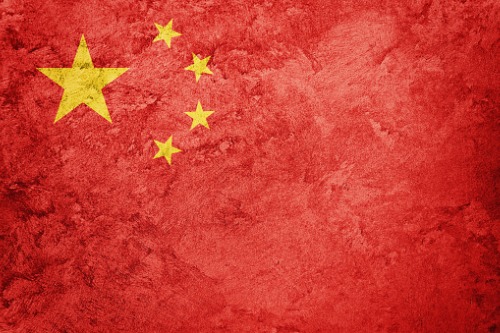World’s second-largest economic superpower faces challenge from 'very significant fault line'

Chinese corporate debt has developed into the “biggest threat” to the world economy as private companies in the country have defaulted on their debts at a record pace this year.
According to Moody’s Analytics Chief Economist Mark Zandi, corporate debt is “a very significant fault line” that threatens “the financial system and the broader economy,” reported CNBC. But under that umbrella of weakness, he tagged indebted companies as the larger risk.
He described Chinese corporate debt as “the biggest threat” as companies struggle to cope with a growth slowdown brought about by the trade war and other factors.
“In the United States, it’s similar kind of picture — not to the same degree — but we have seen very significant increase in so-called leveraged lending, as in lending to highly indebted companies,” he said, noting that such companies would be vulnerable to an economic slowdown.
China has been trying to reduce its dependence on debt through tighter regulations meant to speed up deleveraging. But its efforts to reduce its massive debt levels have been frustrated by US tariffs on Chinese exports, which are weighing on the country’s already-slowing economy. In the face of such headwinds, the country has effectively paused its deleveraging efforts and put more stimulus in place this year.
Zandi’s view is in line with comments made by Fitch Ratings last week, which noted that China’s private firms are running into a record risk of default. The first 11 months of 2019 saw 4.9% of the country’s privately owned issuers default on onshore bond payments — a record high — in contrast to 0.6% of private issuers in 2014.
The companies’ efforts at refinancing are also being stymied in the face of tightening credit conditions resulting from the government’s deleveraging efforts, the ratings firm said in an October report.
“Around 80% of the onshore defaults by both issuer count and principal amount were from the private sector, being more vulnerable than state-owned enterprises (SOEs) to external funding market volatilities — and therefore face greater liquidity and/or refinancing risk under tight credit conditions,” the report said.



